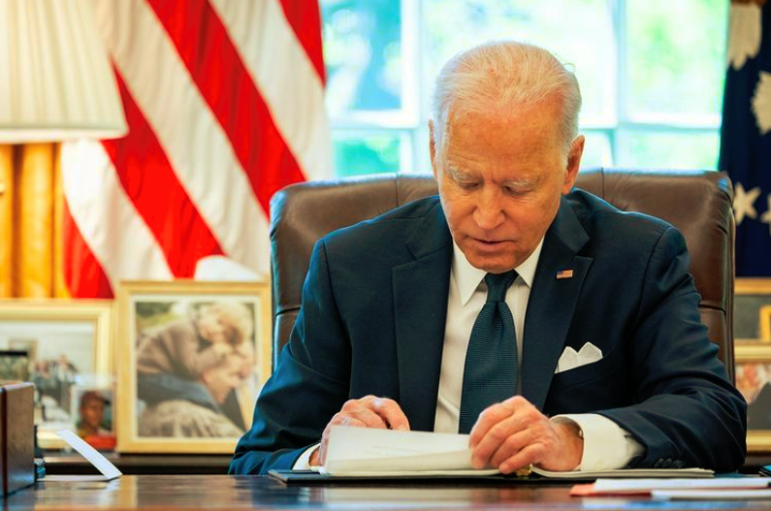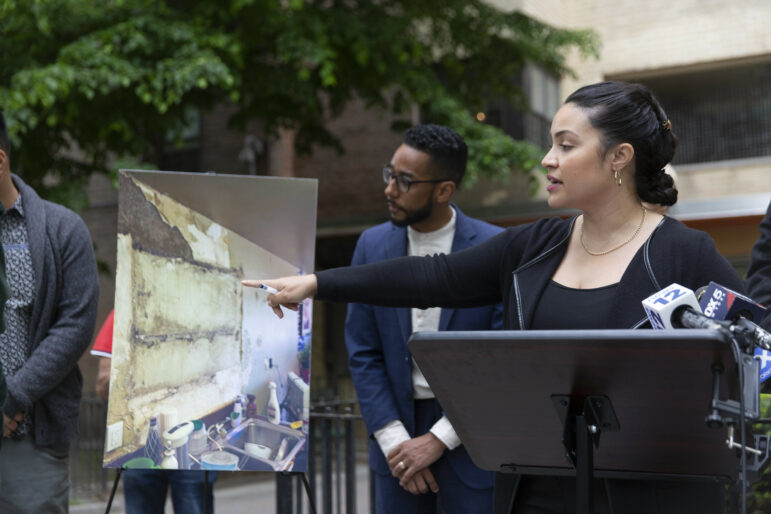Taking a more individualized approach to the needs of the approximately 200,000 “disconnected youth” in New York City would yield better results for involving this group of 16 to 24 year-olds in work or education, experts said last week at a panel on state policy.
Representatives from government, nonprofits and service agencies overwhelmingly proposed a more holistic approach to connecting this 2.5 percent of the city’s population to job and learning opportunities. But there is a tension as to how these one-on-one programs align with funding expectations, which are often reliant on performance-based requirements over short periods of time.
“We must determine how legislation can help us institute changes on the front lines,” said David Chen, executive director of the Chinese-American Planning Council and moderator of the “Bridges to Opportunity” panel, organized by the Federation of Protestant Welfare Agencies (FPWA).
FPWA will create a policy brief from the forum, including the seven specialists’ and audience member’s recommendations, which will be disseminated broadly to attendees, colleagues in the field, and decision makers at the city and state levels. “We’re hoping the briefing paper that comes out of this, including panelists’ speeches, serves to inform a broad array of advocates and people who lobby for change to be made,” said Jillynn Stevens, FPWA’s policy and advocacy research director. The young people they aim to help have limited familial supports and no connection to work and educational possibilities. Nationwide, the number estimated at 5.7 million, according to the panel.
Most of the young people who fit into the “disconnected youth” category face unstable housing conditions and lack a high school degree. Many have had experience with child welfare or juvenile justice systems.
Panelists said a blanket approach historically has been the simplest way to deal with a large group of young people, but not necessarily the most effective. All agreed that if individual-focused services such as the Youth Advocacy Center, STRIVE, and programs provided by CUNY are not expanded and maintained, then the approach to helping disconnected youth will remain too broad to effect significant change.
“The one-size-fits-all approach is counterproductive,” said David Jason Fischer, a project director at the Center for an Urban Future (City Limits’ sister think tank).
“If you nurture youth on the front end, chances are you can give them success on the back end,” said panelist Larry Jackson, the director for the Career Path program at STRIVE, a nationally recognized workforce development agency focused on empowerment through employment. He says that given the right services, young people will continue on the right path. He advocated more long term funding and manpower be put into workforce development and increased financial support for low-income college students in the SUNY/CUNY system.
Youth Advocacy Center Executive Director Betsy Krebs noted that young people must be taught “the habits and skills that help them function as a working adult” in order to enter and remain in the workforce. “Young people should become participating citizens. They should have a stake in what’s going on, in fulfilling their dreams, and supporting their families,” Krebs said.
Jennifer Jones Austin, the Family Support Services Coordinator in Mayor Bloomberg’s office, said taking a highly individualized approach isn’t a guaranteed solution either. “Giving an apprenticeship won’t necessarily improve their lives,” Austin said. “There are problems that are not just about an apprenticeship.” If an individual has problems at home, or is depressed, or has been incarcerated, Austin and others agreed there is little to motivate them to integrate back into education or the workforce.
One strategy mentioned by Shawn Chin-Chance, a staff member of Queens Democratic Assemblyman William Scarborough, who chairs the Assembly Committee on Children and Families, suggested linking young people with caring adults. Rosenny Fenton, also from the Mayor’s office, got more specific. “The connection with educational attainment and poverty has always been clear to us,” said Fenton, who went on to name strategies advocated by the Bloomberg administration: providing health and mental health access for youth living in foster care; funding CUNY/SUNY tuition for foster youths; reducing re-entry among incarcerated youth through discharge planning and community-based services; and shifting funding mechanisms to give incentives for alternative-to-detention and placement programs.
View the Center for an Urban Future’s related report, “Chance of a Lifetime,” here.








